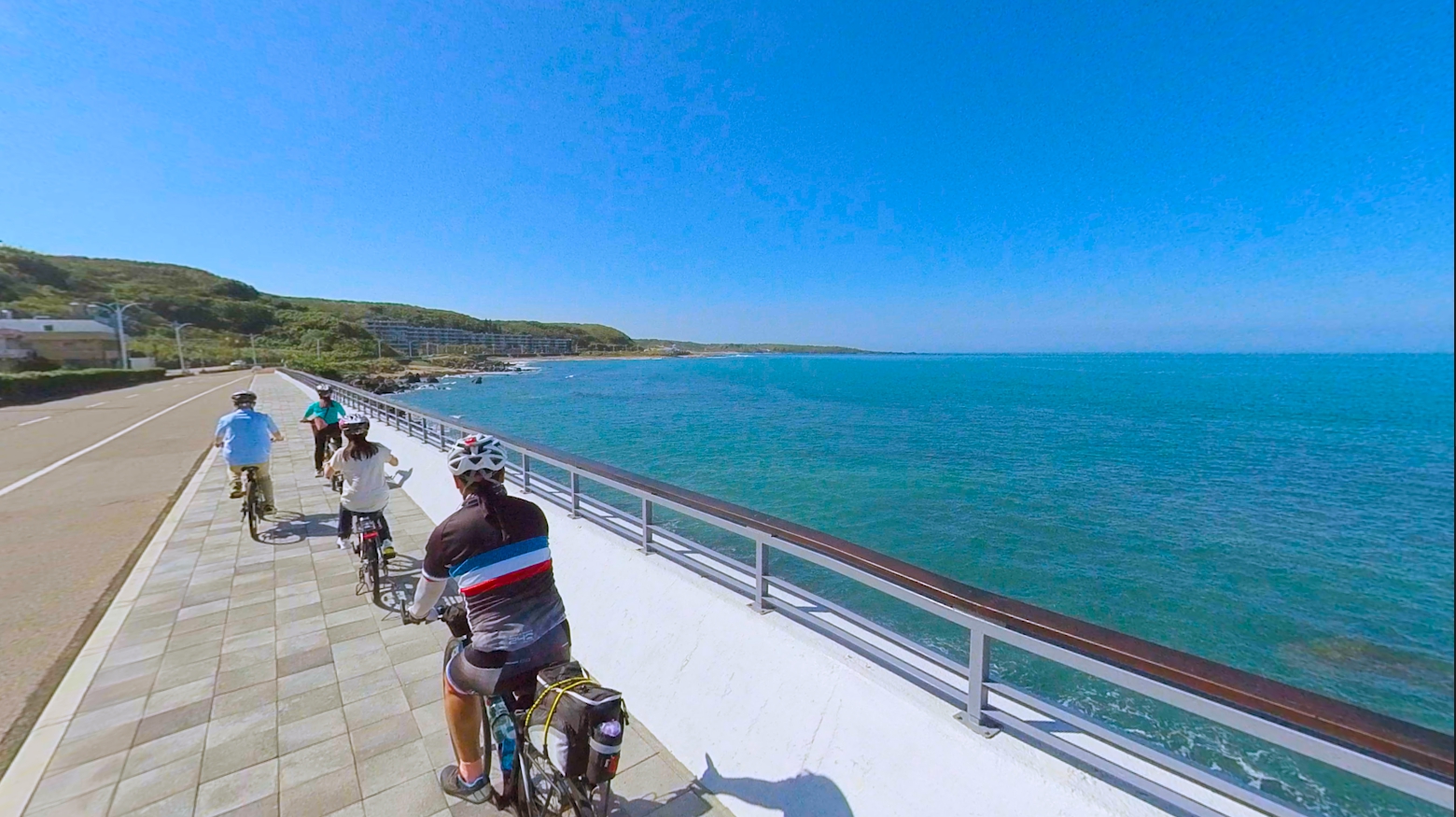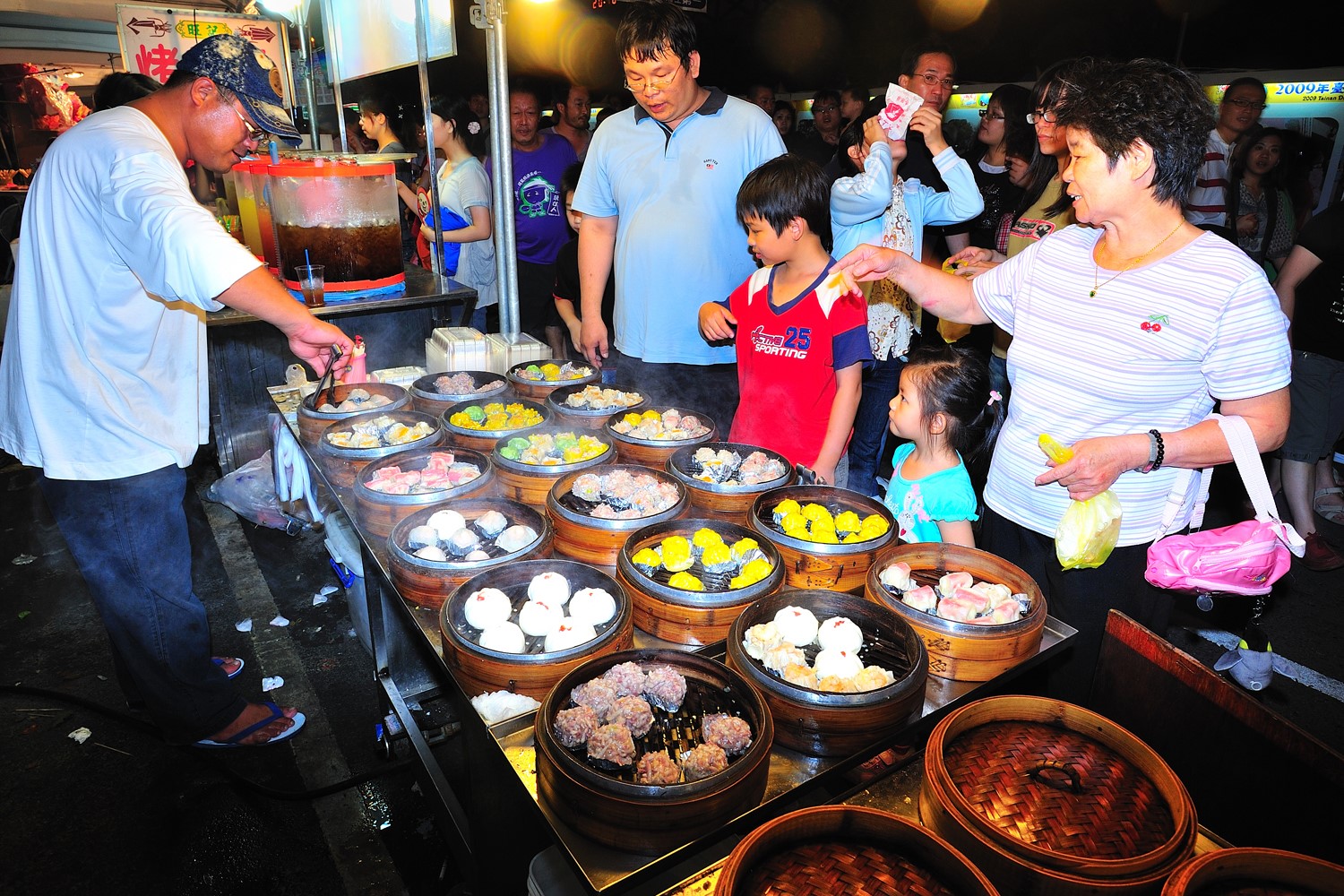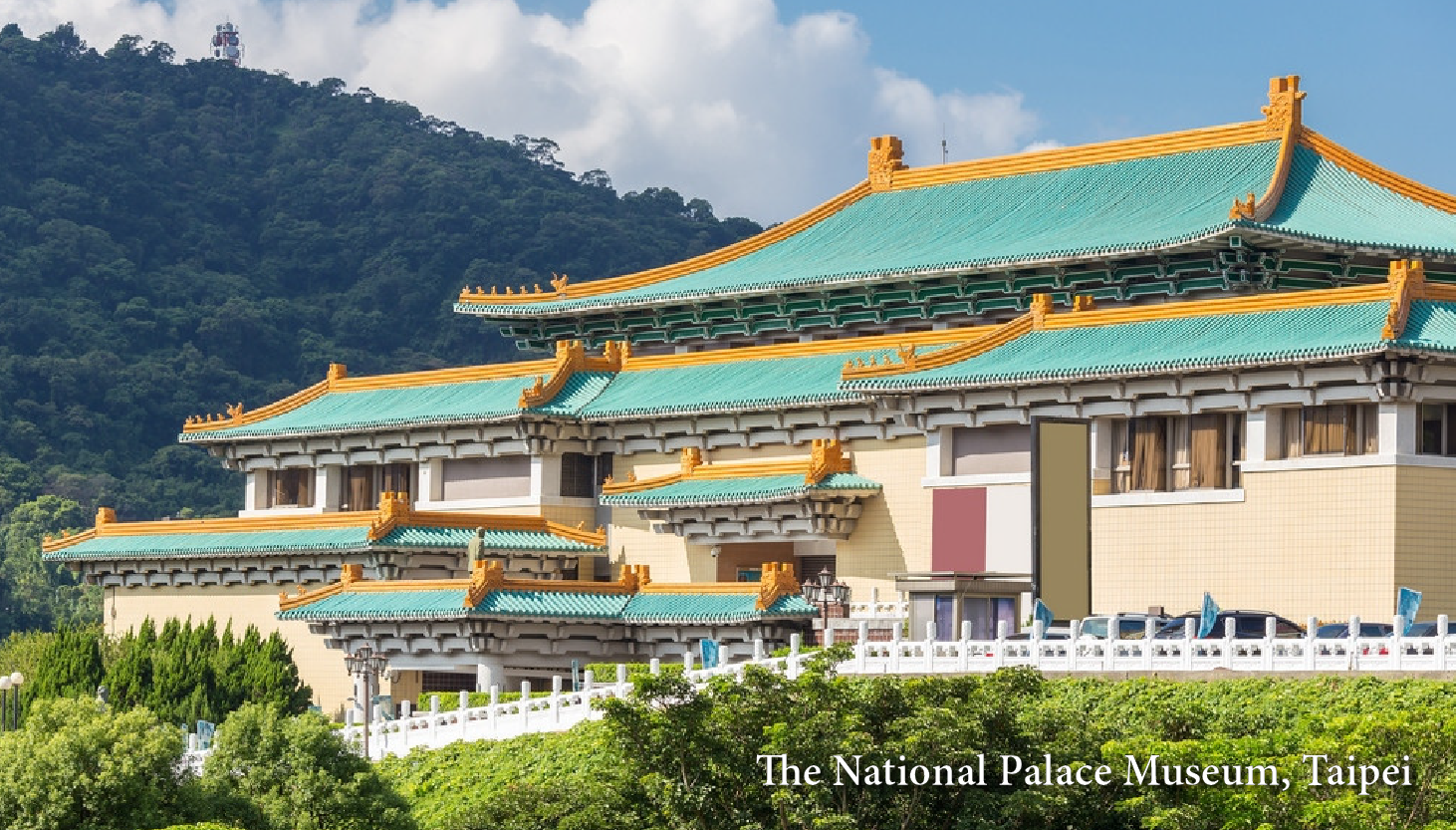Discover Taiwan
FORMOSA (“BEAUTIFUL ISLAND”)Formosa is what the Portuguese called Taiwan when they came here in the 16th century and saw the verdant beauty of the island.
|
||
| Located off the southeast coast of the Asian Continent at the western edge of the Pacific Ocean, between Japan and the Philippines and right in the center of the East-Asian island arc, Taiwan forms a vital line of communication in the Asia-Pacific region. It covers an area of approximately 36,000 square kilometers (14,400 square miles) and is longer than it is wide. Two-thirds of the total area is covered by forested mountains and the remaining area consists of hilly country, platforms and highlands, coastal plains and basins. The Central Mountain Range stretches along the entire country from north to south, thus forming a natural line of demarcation for rivers on the eastern and western sides of the island. On the west side, lies the Yushan Range with its main peak reaching 3,952 meters, the highest mountain peak in Northeast Asia. |
||
|
On Skyscanner’s list of the globe’s emerging tourist destinations (2016), Taiwan ranks the sixth. When catering to its Australian readers, Business Insider selected “The Top 10 Destinations for Aussies 2016,” and Taipei is in the third place. It says that Taiwan has the most delicious food in Asia. People are well educated and the overall environment is safe. Spring flowers, Sun Moon Lake and its surrounding temples, and tea houses and night markets in Jiufen are especially worth a visit. |
||
|
Weather |
||
|
Taiwan enjoys warm weather all year round, extremely suitable for traveling, as the annual average temperature is a comfortable 22 degrees Celsius with the lowest temperatures on the lowlands generally ranging from 12 to 17 degrees Celsius (54-63 Fahrenheit) |
||
|
|
||
|
Language |
||
|
The official language of Taiwan is Mandarin Chinese; but many Taiwanese are of southern Fujianese descent, Minnan (the Southern Min dialect or Heluo) is also widely spoken. The smaller groups of Hakka people and indigenous tribes have also preserved their own languages.
The most popular foreign language in Taiwan is English, which is part of the regular school curriculum. However, for your own convenience, when taking a taxi in Taiwan, it is advisable to prepare a note with your destination written in Chinese to show the taxi driver.
|
||
|
|
||
|
Culture |
||
|
Taiwan is renowned for its fascinating blend of traditional and modern culture. To showcase the nation’s history and cultural diversity, museums have been established across Taiwan, including National Palace Museum, National Taiwan Museum, National Museum of History, National Museum of Prehistory, National Museum of Taiwan Literature and National Taiwan Museum of Fine Arts. Taiwan also has performance venues nationwide, including National Theater and Concert Hall, National Taichung Theater, National Kaohsiung Center for the Arts (Weiwuying) and Taiwan Traditional Theatre Center. Such high-quality facilities have made Taiwan a center for the arts in Asia, hosting events like Taiwan International Arts Festival and Taipei Arts Festival. Traditional architecture abounds, not only in the country’s magnificent monuments such as temples and official residences, but also in the many old structures that have been revitalized for use as community centers, cafes, stores and other public spaces. In fact, many aspects of traditional Chinese arts, crafts and customs are better preserved in Taiwan than anywhere else. For example, Taiwan is one of the few places still using traditional Chinese characters, and calligraphy competitions are always popular events. |
||
|
|
|
|


